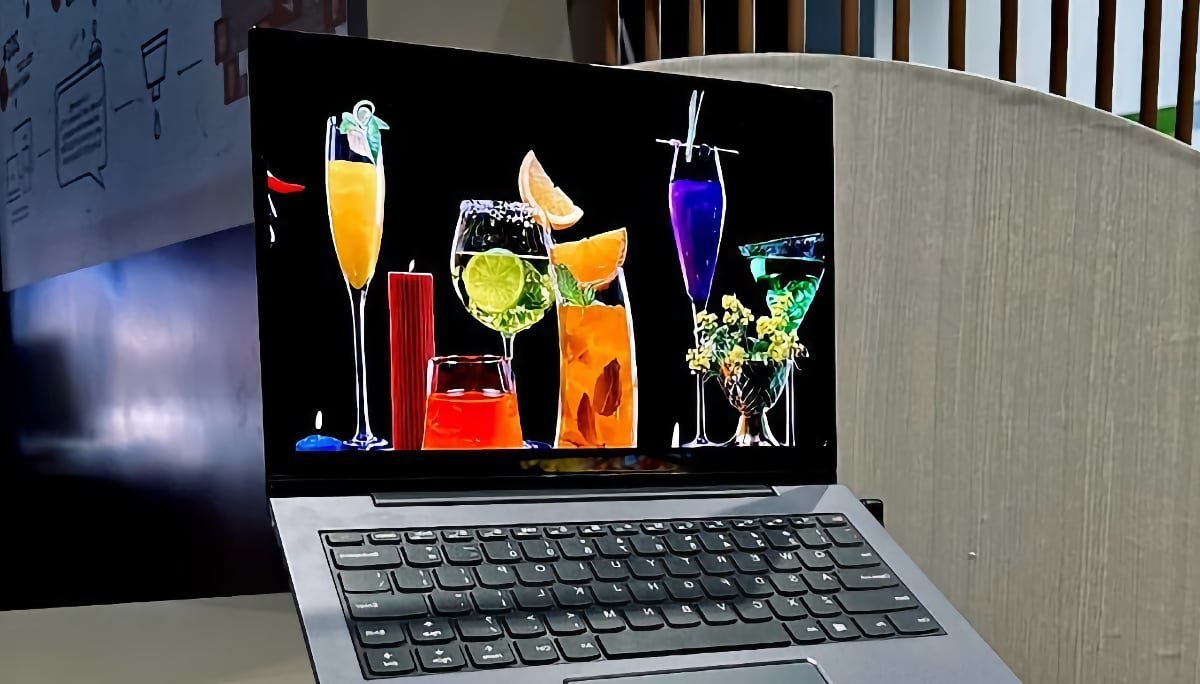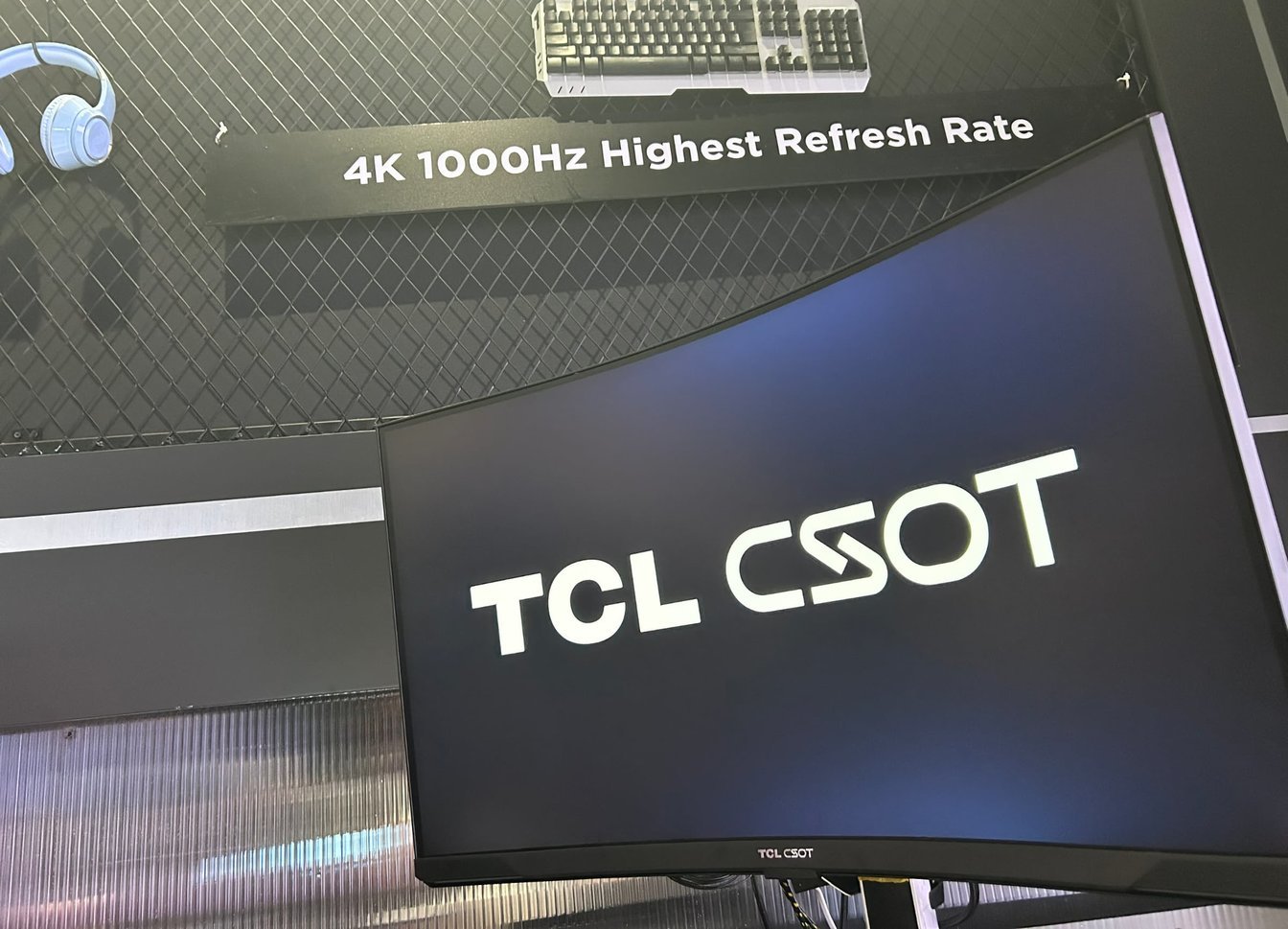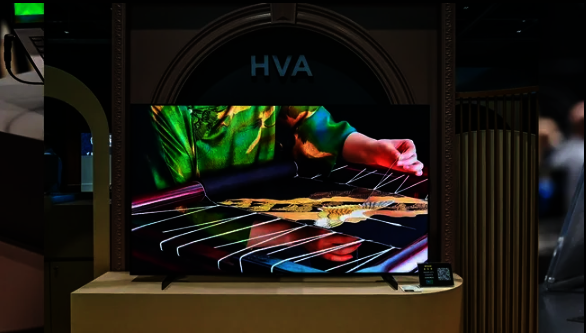TCL’s CSOT has shown off a bunch of innovations this week at SID Display Week 2024, including the first iteration of a promising display tech called QD-EL, the world’s fastest refresh-rate, and a solution to LCD’s wide-angle viewing problem.

The company, which is the display manufacturing arm of TCL, sells its technologies to a range of TV brands including Samsung, Sony and Panasonic, and many of the new innovations could conceivably find their way into future TVs. For now though, most of the new technologies are being utilized in smaller displays such as gaming monitors and laptops.
Perhaps the most promising revelation at SID is TCL CSOT’s first-ever QD-EL display, which was developed using an inkjet-printing process that promises to significantly reduce the costs of display manufacturing. HDTVTest has reported on this display tech before, which goes under many different names including NanoLED, QDEL, QD-EL and QD-LED.
We saw the world’s first QD-EL TV display concept, from Sharp, at CES 2024. QD-EL stands for Quantum Dot Electroluminescent, and it uses the same quantum dots found in both QLED and Mini-LED displays, but it is quite different.
For instance, traditional quantum dots absorb light from a source such as LEDs or OLED pixels before converting it into different colors. However, QD-EL instead receives energy directly from the electricity that’s supplied to the TV, and transforms this into colour. As such, QD-EL doesn’t require a separate light source, which should make the displays thinner and cheaper to build.
QD-EL displays do not require LED backlights or OLED to create colour and brightness. Instead, the quantum dots do everything by themselves. That’s because the quantum dots in QDEL are different. They’re microscopic in size, and they possess subpixels with red, blue and green colours..
It remains to be seen how good QD-EL really is, but in theory it should be able to achieve similar quality colours, contrast and black levels as found on OLED displays, but without any of the downsides. OLED is known to degrade over time due to its organic nature, but QD-EL won’t have this problem as quantum dots are built to last for a long time. The technology may also be more efficient in terms of energy usage, and it could deliver richer colours and higher brightness once Sharp has perfected it.
TCL CSOT showed off its first prototype of the tech in a 16-inch laptop at SID, with the 2.8K resolution display offering a variable refresh rate of 30Hz to 120Hz. FlatpanelsHD suggests that QD-EL technology could one day surpass OLED in television, but there are still problems to overcome, with the main one being the somewhat limited longevity of the blue QLEDs.
World’s fastest display

Also at SID, TCL CSOT showcased what is believed to be the world’s first 1,000Hz display, which is an exponential increase over existing monitors that max out at 540Hz, and far better than today’s highest-end TVs, which have only just cracked 144Hz support.
TCL’s 1,000Hz displays probably won’t become a thing for several years yet, as existing cable specifications cannot deal with such high refresh rates. As such, a new interface standard that surpasses the bandwidth offered by HDMI 2.1 and DisplayPort 2.1 will be needed before we can see 1,000Hz display technologies hit the mass market.
Super Wide-Angle WHVA

The main innovation that’s designed specifically for TV displays was TCL CSOT’s 85-inch concept TV that aims to solve the problem of LCD TVs’ limited viewing angles.
On show at SID was a new LCD display featuring super wide-angle WHVA technology that’s said to deliver a more consistent image on-screen across a 178-degree viewing angle. This technology has been implemented alongside a low reflection rate of just 1.4% to ensure high-quality pictures can be seen from wider angles.